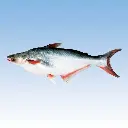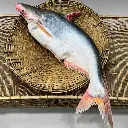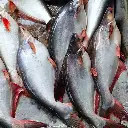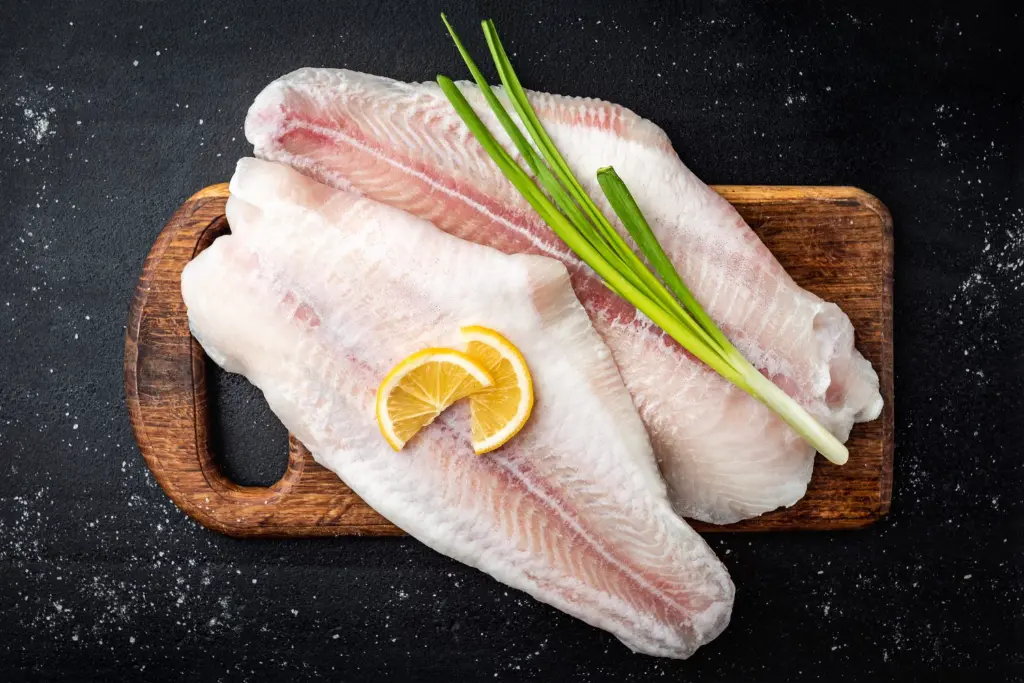Product Attributes
From sources to market, delivering premium products straight to your business.
Scientific Name
Pangasius hypophthalmus
Product State
Fresh or frozen whole Pangas Catfish, or fillets
Grade
A
Origin
Freshwater rivers and ponds of Bangladesh
Country of Origin
Bangladesh
Harvest Season
Year-round, with peak season from May to September
Appearance
Long, laterally flattened, scaleless body (naked skin). Color is uniformly grey/silvery in adults. Fillets are typically white with a supple texture.
Taste Profile
Very Mild, slightly sweet flavor with a neutral taste; often described as flaky and non-fishy. Its lack of a distinct flavor makes it versatile for absorbing sauces.
Average Weight
1–3 kg per fish (fillets typically 200–400 grams each)
Shelf Life
2–3 days fresh at refrigeration temperatures, up to 6 months frozen
Storage Condition
0–4°C for fresh, -18°C or lower for frozen
Leadtime
5–7 working days after order confirmation
Our Honest Product review
- Commercial King: Pangasius is the economic backbone of modern aquaculture in Southeast Asia, praised for its fast growth rate, high survival in high-density farming, and high fillet yield. This efficiency translates directly into its low, highly competitive price.
- Mild Flavor Advantage: Its mild, neutral taste is a major selling point for consumers seeking a non-fishy protein that can be seasoned and flavored heavily by the cook.
- Quality and Sustainability Concerns: The species has historically faced scrutiny regarding farming practices (high stocking density, water quality) and product quality (some conventionally farmed fillets show evidence of added water/polyphosphates). Consumers are strongly advised to choose ASC-certified products to ensure environmental and social standards, though Omega-3 content is generally lower than wild fish.
- Nutritional Comparison: While both wild and farmed Pangasius are healthy, wild Pangasius (P. pangasius) has a superior nutritional profile, containing significantly higher levels of Omega-3 fatty acids (DHA and EPA).
Usage
- Affordable Whitefish Substitute: Widely used globally as a cheaper, mild-flavored alternative to expensive whitefish like Cod, Haddock, or Sea Bass.
- Processed/Foodservice: Highly utilized in the foodservice industry and ready-meal market as boneless, skinless, Individually Quick Frozen (IQF) fillets, often used for battering and breading.
- Local Consumption: Sold as live whole fish in domestic Asian markets, fulfilling nutritional security for low-income populations due to its affordability.
- Industrial Byproducts: Waste products (skin, bones) are processed to extract gelatin, which is used in food applications like soups and gravies.
Certification
Complimentary Product Certificates
- Certificate of Origin
Product Certificates available on request
- Halal
- Veterinary Or Health Certificate
Packaging & Shipping
Packaging Options
Shipping & Export Info
-












